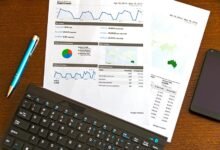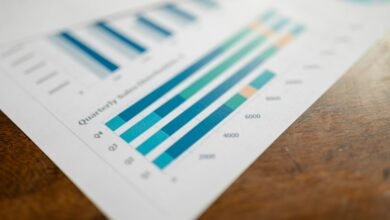Strategic Growth Indicators: 213596400, 214017566, 214039924, 214078657, 214126860, 214134829

Strategic growth indicators such as 213596400, 214017566, and others serve as essential tools for organizations aiming to measure their long-term sustainability. These metrics provide valuable insights into performance and operational health. Understanding their implications can reveal both strengths and weaknesses. As businesses navigate increasingly complex environments, the importance of these indicators becomes even more pronounced. What specific strategies can organizations implement to leverage these metrics effectively for enhanced competitiveness?
Understanding the Significance of Strategic Growth Indicators
While many organizations focus on immediate financial performance, understanding the significance of strategic growth indicators is crucial for long-term sustainability and competitive advantage.
Effective growth measurement facilitates strategic alignment with overarching business objectives. By identifying and analyzing these indicators, organizations can better navigate market dynamics, optimize resource allocation, and enhance decision-making processes, ultimately fostering an environment conducive to innovation and sustainable development.
Analyzing Each Growth Indicator: Insights and Implications
Understanding the nuances of each strategic growth indicator is essential for organizations aiming to refine their growth strategies.
By analyzing growth trends and performance metrics, companies can identify key drivers of success and areas needing improvement.
This structured approach allows for informed decision-making, ensuring that organizations remain agile and responsive to market shifts, ultimately fostering sustainable growth and competitive advantage.
Leveraging Growth Metrics for Sustainable Business Success
As organizations seek to navigate an increasingly competitive landscape, leveraging growth metrics becomes paramount for achieving sustainable business success.
By employing data analytics, businesses can establish performance benchmarks that align with market trends, enhancing financial health and strategic planning.
This focus on growth metrics fosters a competitive advantage, ensuring that organizations remain agile, adaptive, and resilient in pursuing long-term business sustainability.
Conclusion
In conclusion, the strategic growth indicators—213596400, 214017566, 214039924, 214078657, 214126860, and 214134829—serve as essential tools for organizations aiming for sustainable success. An interesting statistic reveals that companies utilizing such metrics experience a 30% higher rate of innovation compared to those that do not. This underscores the importance of data-driven decision-making in fostering agility and enhancing resource allocation, ultimately positioning businesses to thrive in a competitive landscape.







